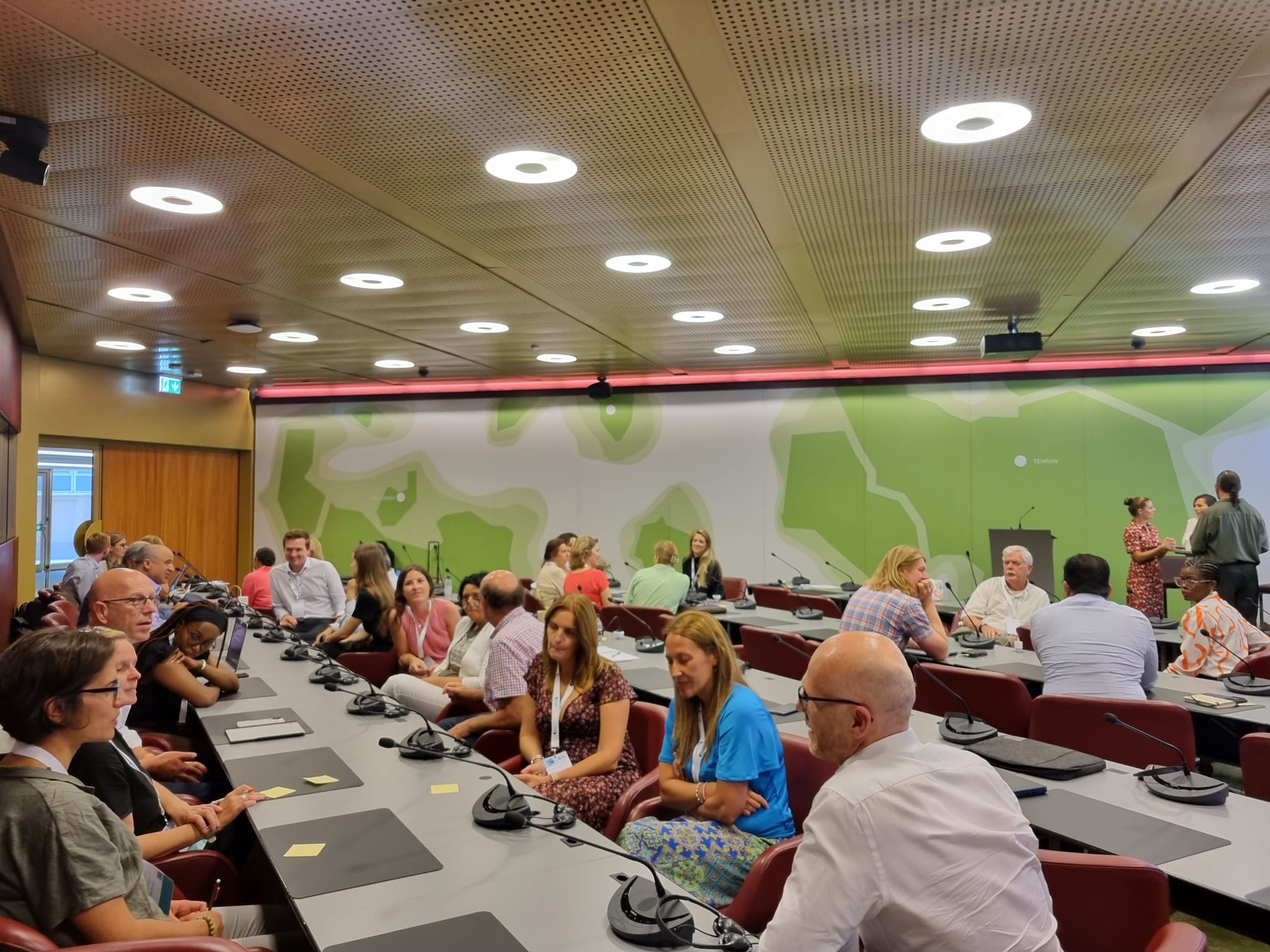Brought to you by Hüseyin H. Keke from Ruhr-Universität Bochum
As humans, we make numerous single and complex choices every day. Our decisions are influenced either by unconscious thoughts and ideas, or by careful thinking. Our choices are neither random or neutral but ceaselessly shaped by our social environment and how they are presented to us. Various policies exist to influence people’s behaviour and choices: some are direct, like mandates, bans, or economic incentives such as subsidies or taxes while others are more subtle, allowing people to make their own choices all the while still steering them in a particular direction.
What is a “nudge”?
This subtle influence is known as a “nudge”. Nudges use behavioural science and psychology to understand how people respond to their environments. Nudges help people by making life safer and more manageable, and by guiding them to make better decisions. They try to make life easier without being forceful.
Within the DiCE project, we focus on digital health devices, most of which currently result in e-waste, especially within the confined environment of the healthcare sector. In today’s day and age, most people have an array of digital health devices laying around at home never to be used again. On the other hand, in the context of the circular economy, we aim to use resources as sustainably as possible by keeping them in the production and consumption cycle even after the end of the device’s life. Here, nudges can help change people’s behaviour so that we move a step closer to a circular economy.
How does nudging work?
A great example is a study of scholars who were able to increase the amount of returned electronic waste. They demonstrated in various experiments that a combination of information and social norm nudges and proximity nudges could motivate people to participate.
But what exactly are these nudges? In this example, the researchers provided participants with a leaflet about an e-waste collection event. Along with information about the event, the leaflet encouraged people to return as many resources as possible and to get their friends and family involved. By making the e-waste collection event public and turning it into a group challenge, participants’ usually private recycling habits were influenced by social pressure. Additionally, the proximity nudge was employed by reducing the distance to the nearest recycling point. These seemingly simple impulses enabled the researchers to increase the amount of e-waste returned immensely.
Besides nudges in the physical world, more and more decisions are being made online, whether through e-commerce platforms or e-health services. Digital nudges help here by, adjusting the design of user interfaces to subtly guide behaviours and choices.
For example, the implementation of a social norm nudge through a smart home app, where users are provided with insights into the consumption patterns of similar households. This subtle intervention aims to promote reduced energy consumption. Similarly, the incorporation of emission labels or converters on flight booking platforms serve as nudges encouraging travellers to opt for more environmentally sustainable options.
In our increasingly digital world, where health devices are also becoming digital and coupled with interfaces like a digital pillbox with its accompanying app, it is essential to conscientiously design a decision environment and incorporate nudges to encourage sustainable and circular behaviour.
The benefits of nudging strategies
Nudges have been proven to be effective in several contexts. It’s no wonder they’re increasingly being adopted at both societal and organisational levels. Whether in the physical or digital world, it’s clear that our surroundings impact our decisions.
Those responsible for shaping our environment play a crucial role in crafting these decision spaces. They must be conscious of ethical obligations, ensuring that nudges are employed to benefit users and foster positive outcomes, rather than manipulate for less honourable purposes. Under this principle, it’s possible to steer many matters in the right direction with nudges eliciting sustainable consumer behaviour.
The future of nudges
What’s more, we must keep in mind that while research validates the effectiveness of nudges, there’s still a lack of comprehensive studies on their long-term impact. To truly determine whether behavioural changes induced by nudges persist beyond their immediate implementation, further research into their long-term effects is necessary.
Moreover, nudges aren’t a one-size-fits-all solution, and their success depends on various factors. For instance, individual characteristics such as motivation and personal long-term goals significantly influence outcomes. The context in which a nudge is applied, including whether people notice distractions, also plays a vital role. Additionally, achieving effectiveness often requires multiple nudging interventions working together. For example, in the context of household recycling, scholars reveal that the success of nudges largely hinges on whether individuals are intrinsically motivated to recycle. Nonetheless, nudging remains a promising instrument for promoting sustainable behaviour, addressing the challenges consumers face in overcoming barriers to change.







